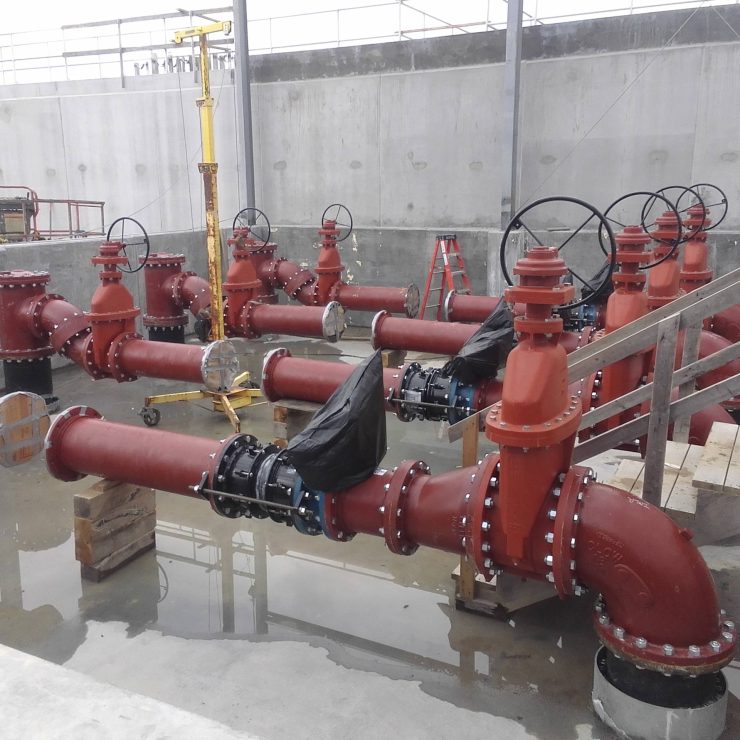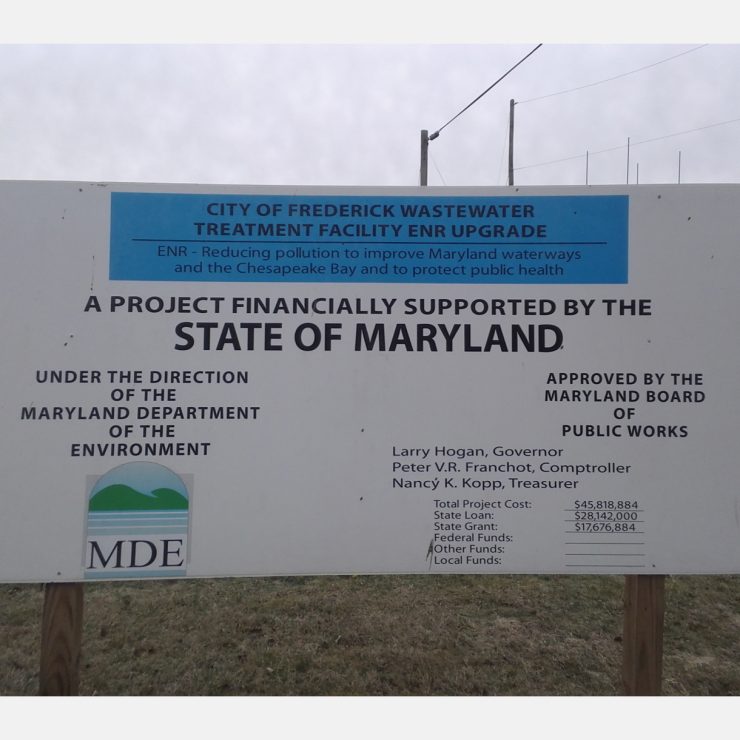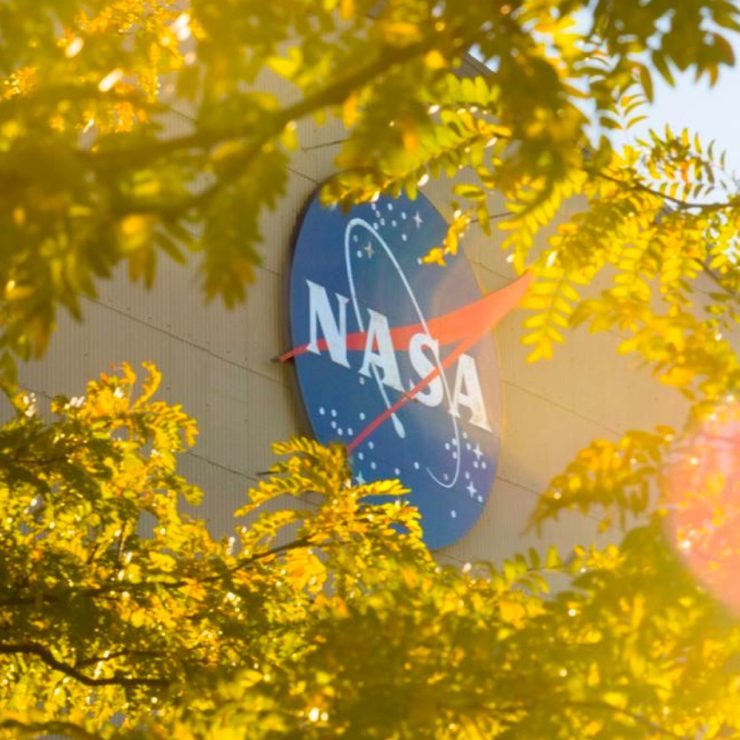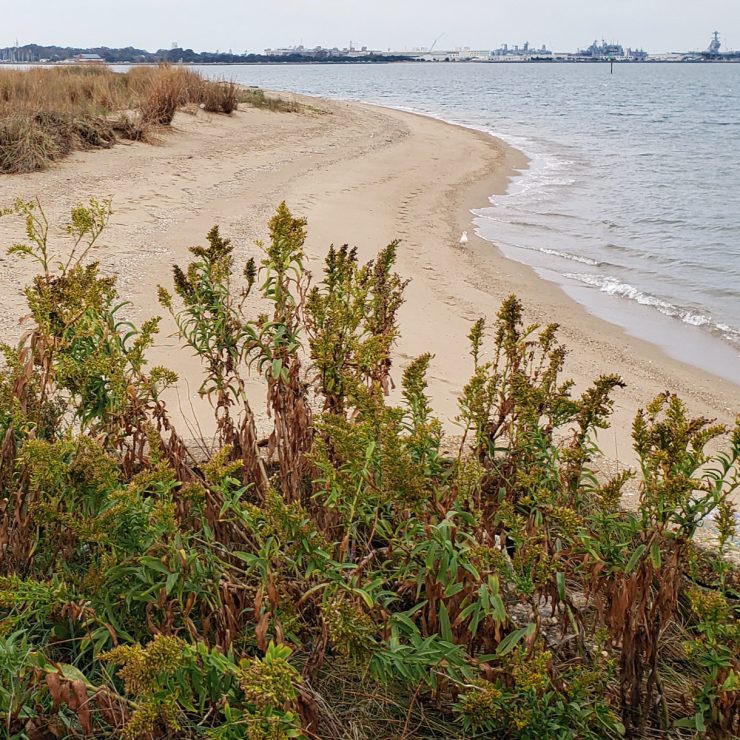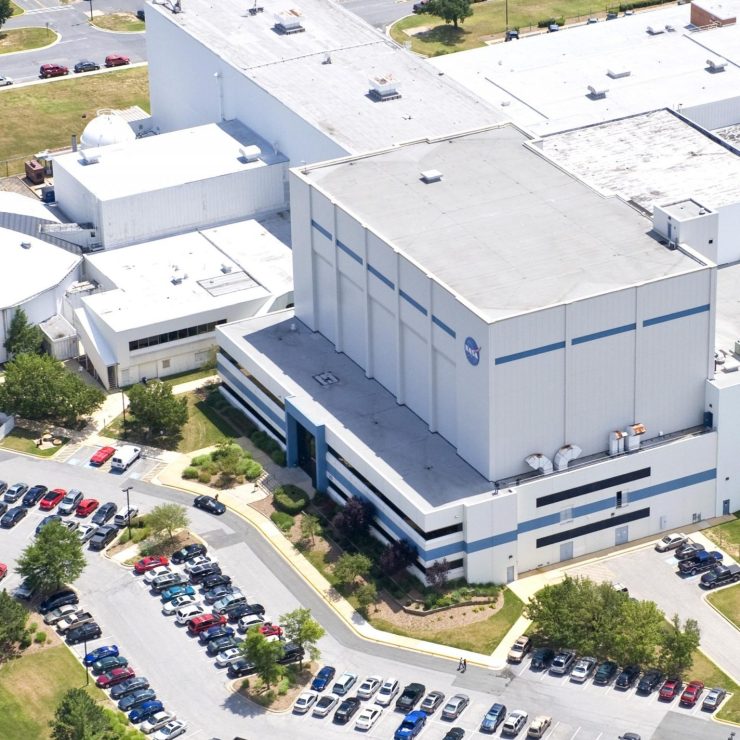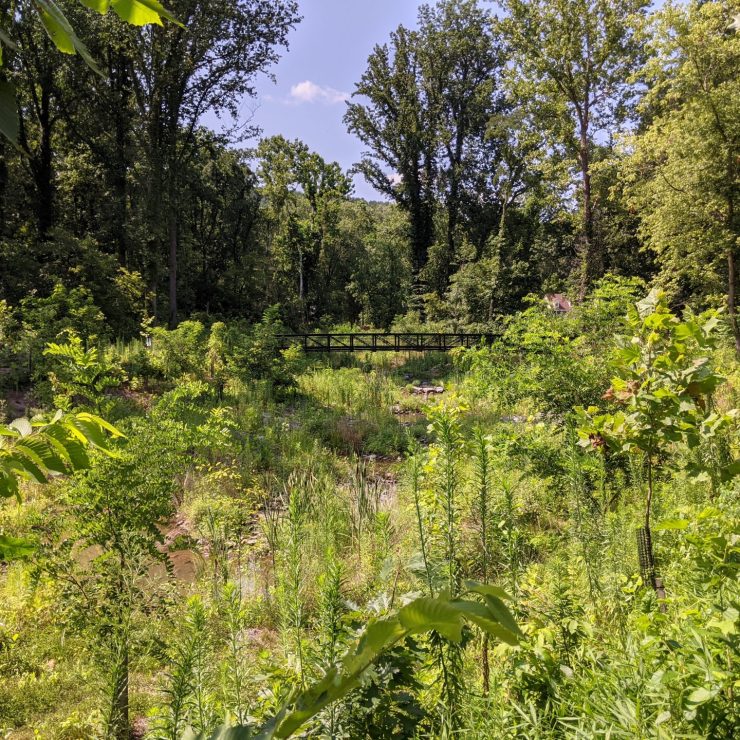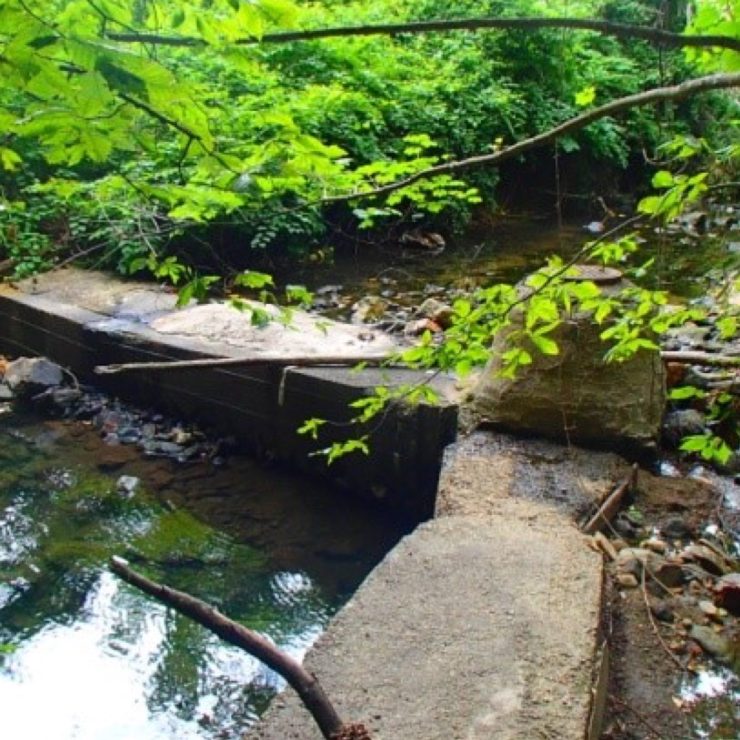Our Approach
Prompted by commitments in the 2000 Chesapeake Bay Agreement, the Bay Restoration Fund was signed into law in 2004 to address declining water quality in the Chesapeake Bay from over enrichment of nutrients. State-wide, publicly owned wastewater treatment plants discharge into the Chesapeake Bay and its tributaries and have been identified as a major contributor to nutrient loads and degraded water quality. Maryland Department of the Environment (MDE) through the Bay Restoration Fund Enhanced Nutrient Removal (ENR) program, established a grant funding program to partially or completely cover the cost of eligible upgrades to wastewater treatment plants, including costs associated with planning, design, and construction.
To support the MDE documenting appropriate use of Bay Restoration Funds, Straughan is providing construction monitoring services for wastewater treatment plants and associated water discharge facilities throughout Maryland. Construction monitoring services include procurement and review of project billing and schedule of values, pre-visit preparation and coordination with MDE and on-site project engineers and construction inspectors, and on-site completion of Construction Monitoring Reports (CMR). Monitoring visits provide MDE with verification of completed construction tasks.
To efficiently coordinate documentation and data transfer since construction projects are located throughout the state, Straughan created a central database to store, organize, and share sensitive digital data for project reporting and management purposes statewide. To maximize efficiency in conducting inspections and minimize travel time, Straughan is using a combination of resources including full-time and part-time employees and subcontractors located throughout Maryland.
